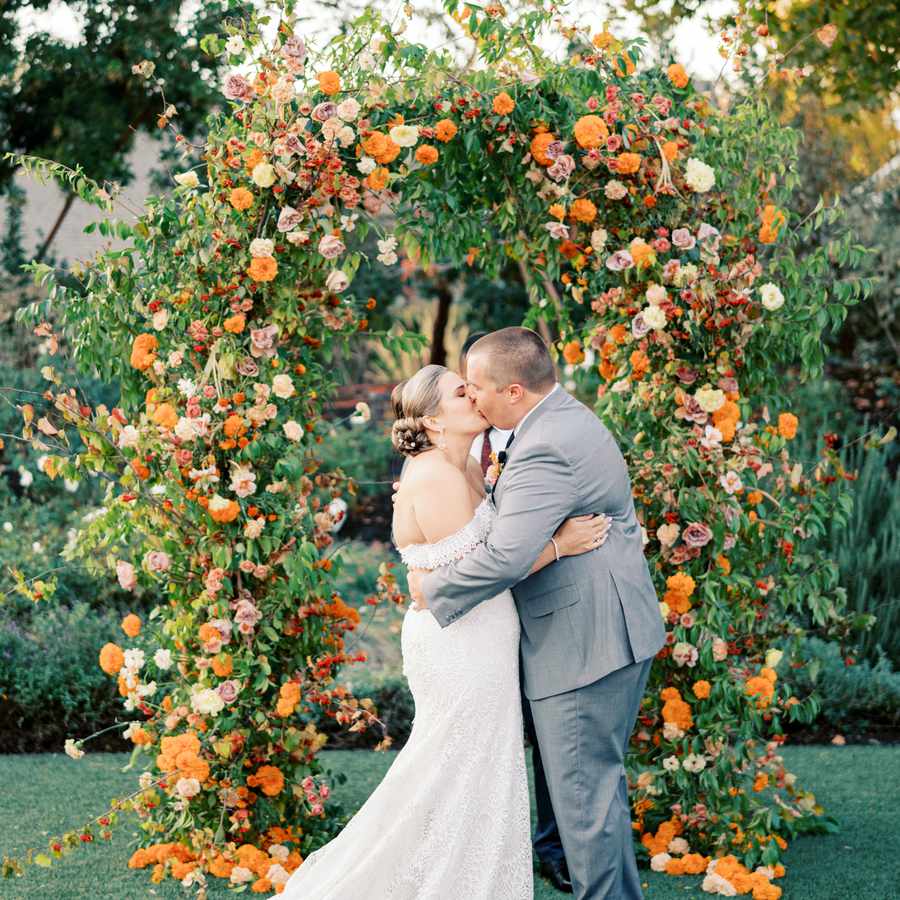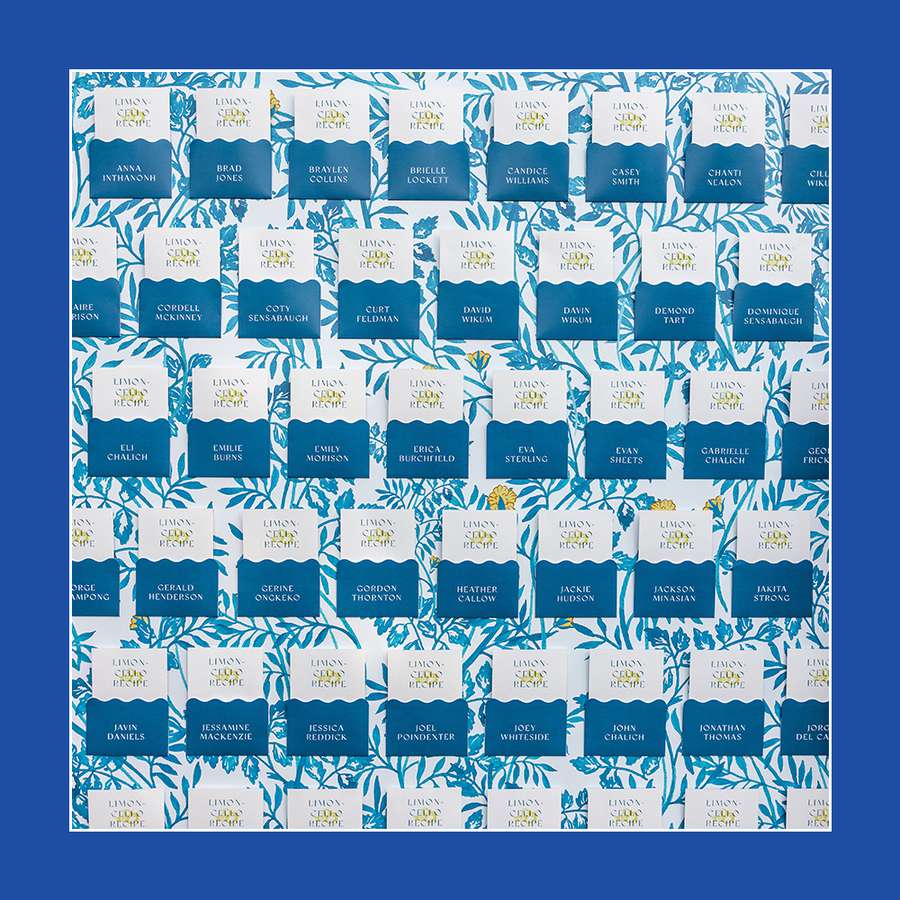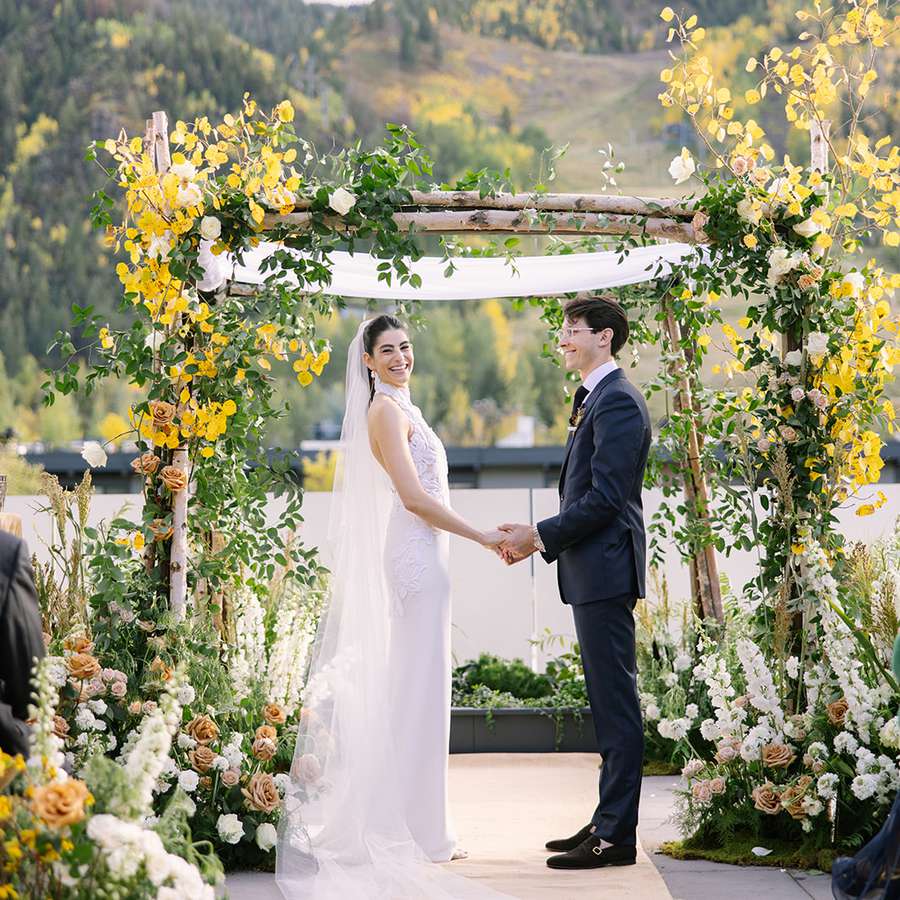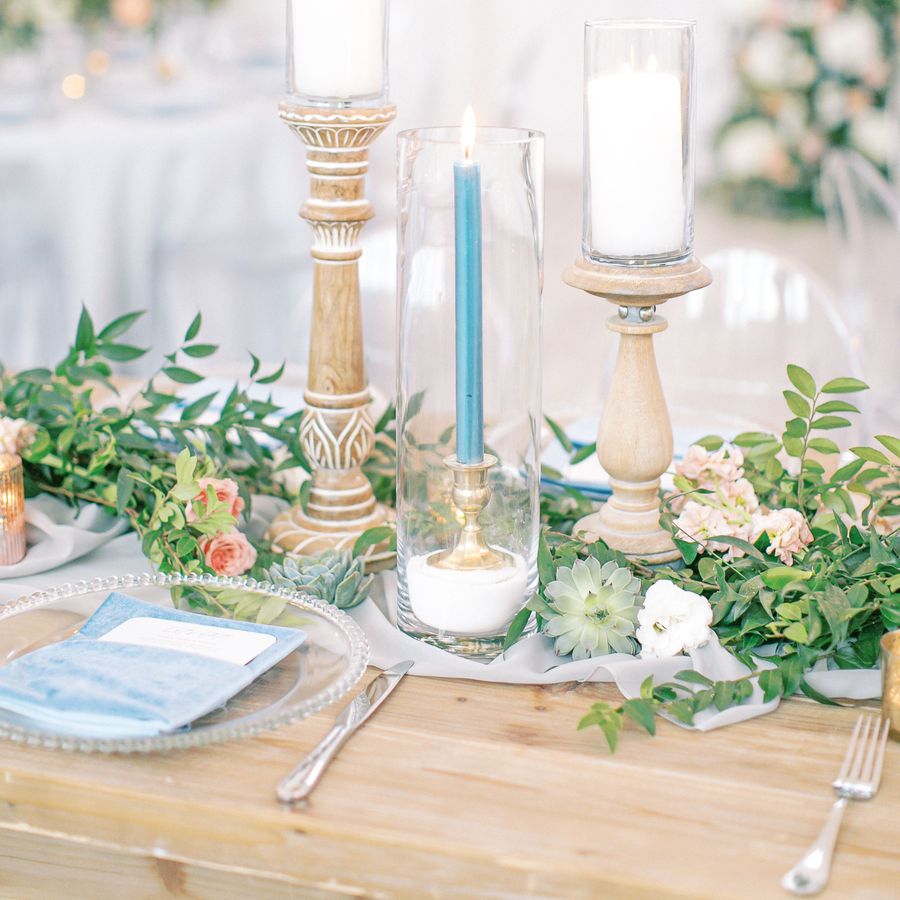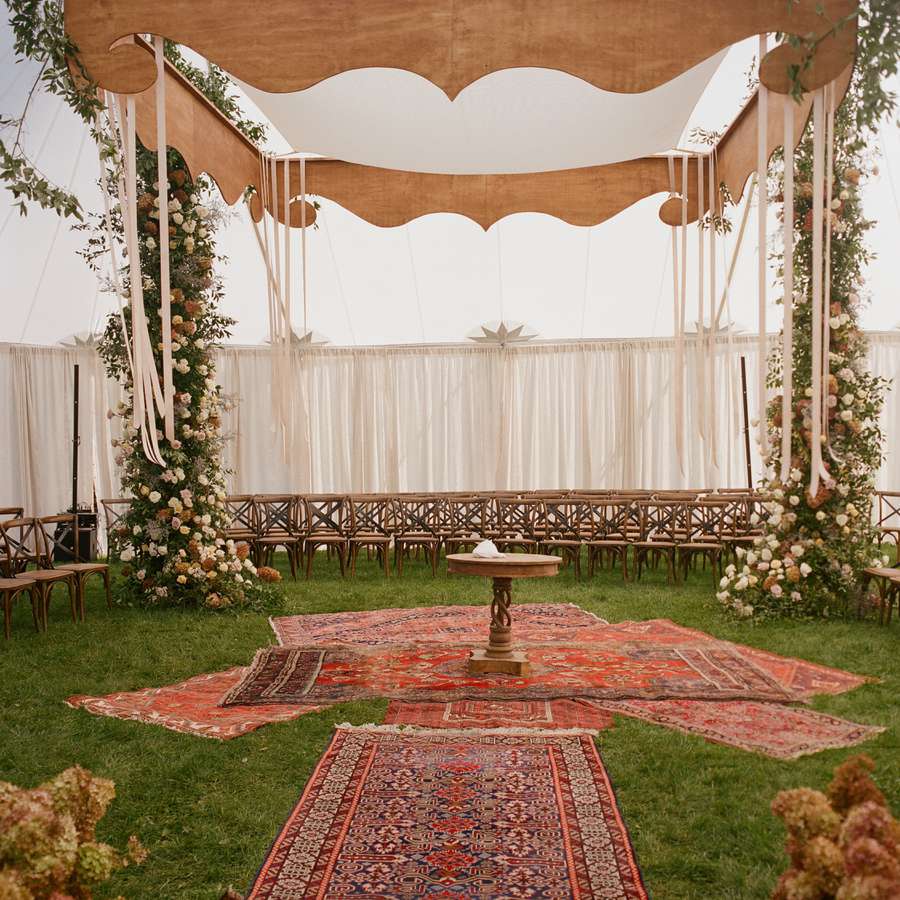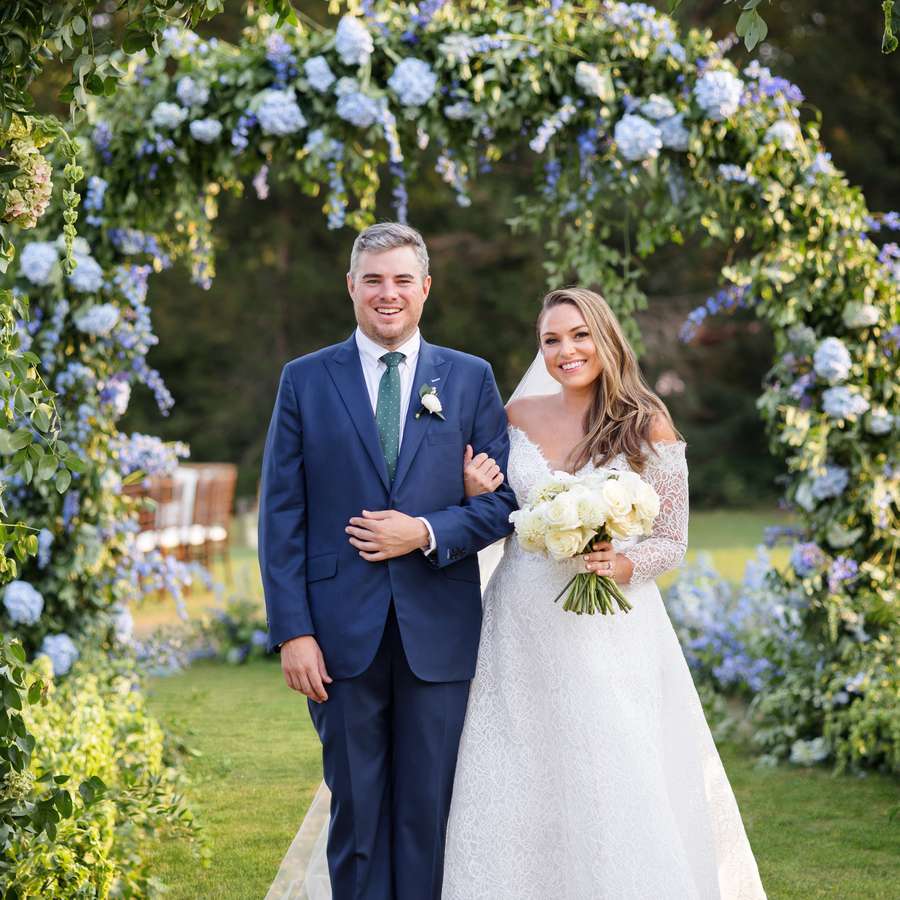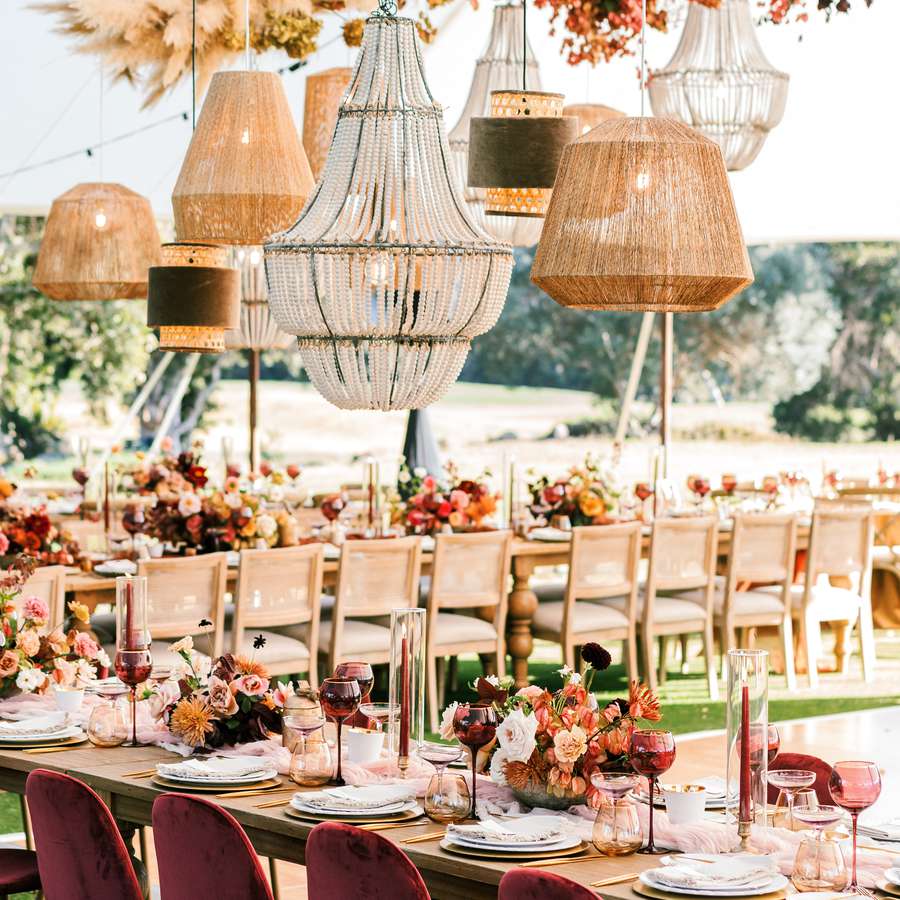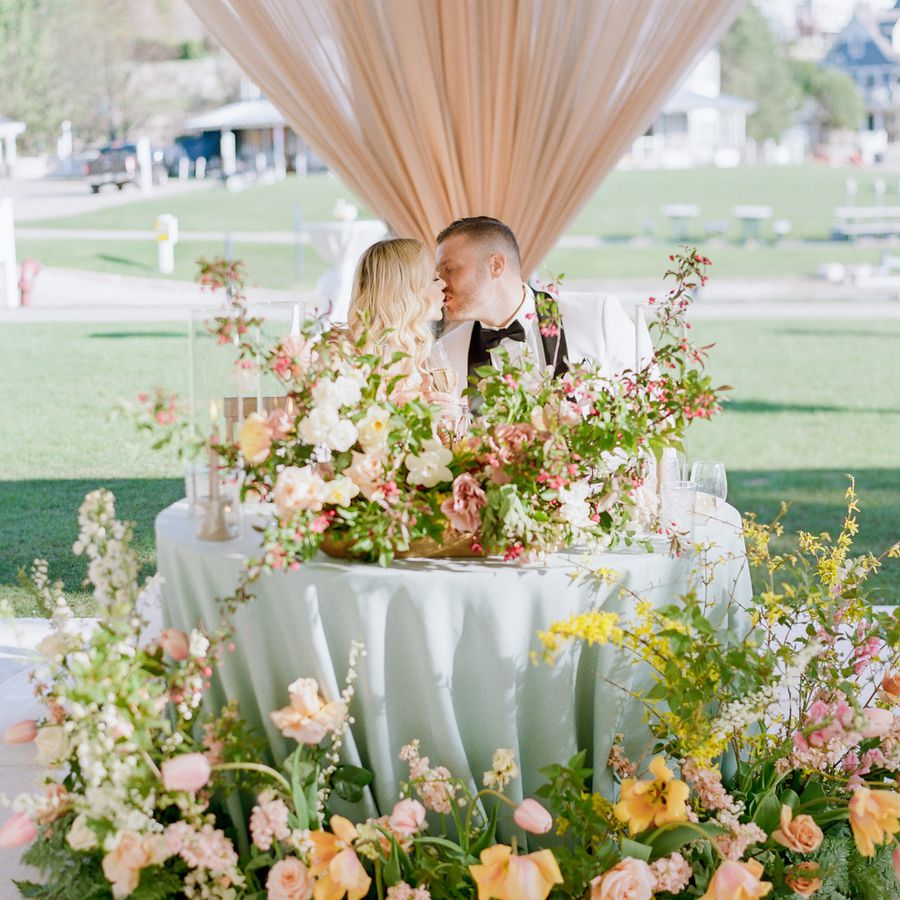:max_bytes(150000):strip_icc()/chazcruz_berlinokonkwo_117-7848b3a6311048688011f6ca89d041a0.jpg)
Photo by Chaz Cruz Photographers
The wedding planning has begun—congratulations!—and that means you're ready for one of the first and most vital steps of the process: Choosing a cohesive color palette. When it comes to picking a wedding color scheme that feels seamless and authentic, you'll want to consider all of the visual elements that make up your big day, from the styles worn by the bride, groom, and wedding party, to the décor, the location, the flowers—the list goes on! It may feel overwhelming (Pinterest can be helpful but a lot to sort through), so as you begin looking for inspiration and thinking about how you envision your celebration, try to remember to have some fun with it. After all, choosing colors that set the scene for this beautiful day is one of the most creative parts of the wedding planning process.
One of the first things to consider when choosing your wedding colors is the number of shades you want to highlight throughout the wedding experience. "I like to have a maximum of five colors in a color story," says wedding planner Chanda Monique Daniels of Chanda Daniels Planning & Design. "Pick your lead and then have your supporters. If you have more than that it will be hard to tell a cohesive story."
Here, we speak with a wedding expert about what couples should keep in mind as they choose a color palette that speaks to their love story and their personal story, including where to begin and helpful color scheme tips.
Meet the Expert
Chanda Daniels is the creative director of Chanda Daniels Planning & Design and the owner of A Monique Affair, based in the San Francisco Bay Area.
Getting Started
When you sit down to think about your wedding colors, you don't need to do everything all at once. Start simple: Just focus on a few specific stylistic, planning, or design elements that are really important to you, and begin there. Is there a type of flower that you'd like to set the tone for the color scheme? If you know you want pink peonies to take center stage, let that guide you toward complimentary colors. Or if you're having a destination wedding, perhaps you want your chosen location to color the theme of the wedding. You should also consider your personality, and important parts of your and your partner's love story. Is there a color that speaks to both of you that feels representative of your love? Is there a particular wedding style you're passionate about? Or perhaps there is something you love doing together that can influence your colors. Try to pin down a few of these important pieces and let that guide you through choosing supporting/accent colors that you can then apply throughout the wedding style and design.
If you begin to feel overwhelmed by all the options—social media can be a wonderful but overwhelming tool—consult an expert! Working with a wedding planner is a good choice for many reasons, but in the early planning stages, they can definitely help you nail down colors that speak to you and your larger vision.
Think About Your Venue
Daniels suggests that one of the best places to start, when looking for inspiration, is your wedding venue. "If you’ve selected your venue already, use that as inspiration—it’s harder to go against your venue colors," she explains. "If you picked your venue first, it means you love it—so make it look good!
A good place to start is the "backdrop" of the venue—what is the destination, and which colors fill the space? If it's an outdoor venue by the ocean, consider blues that reflect the color of the water and the sky. Maybe you're getting married in Italy or California, where bright citrus abounds—those colors are a great place to start for the color scheme or accent colors. Or, if you're hosting your wedding in a rustic-style barn, look to the rich browns and ambers of the wood around you.
Embrace the Season
Another foundational part of your wedding will be the season during which the event takes place. In the early color planning stages, look to the time of year to help inspire you. Spring and summer weddings naturally lend themselves to bright, bold, airy, or neutral color palettes. A fall wedding is a perfect time to go for a moodier color scheme or one that embraces rustic colors that reflect the changing season (rich reds, oranges, browns, and ambers). A winter wedding can be the ideal opportunity for something clean and simple—like an elegant black-and-white or all-white color palette—or something that reflects the holiday season (think gold, silver, reds, and deep greens).
Look at Your Invitation Suite
Your invitations are the very first wedding element your guests will experience, so you want to ensure the invitation suite (including the save-the-dates, invitations, the wedding website, etc.) reflects your color palette to ensure that the scheme feels cohesive and stretches from the beginning of the experience all the way through the actual event. "It’s extremely important to work with a stationary designer who totally understands your overall wedding design vision," advises Daniels. Spend some time with your invitation designer discussing the colors that speak to you, and let them know how you plan to extend these colors into the event design, too.
Consider All the Design Elements
Your wedding is made up of what feels like a million little design elements—and when they all come together seamlessly, the result will be stunning. In order to ensure that happens, though, you need to take a close look at each piece of the puzzle. In addition to the venue and destination, the season, and your invitations, here are some other elements to keep top of mind when choosing and coordinating your wedding colors:
- The dress code and bride/groom/wedding party style
- Flowers, plants, and greenery
- The menu, cake, desserts, and drinks
- Lighting design (candles, string lights, and chandeliers)
- Smaller décor elements (linens, glassware and porcelain, chairs and tables, signs, escort cards, etc.)
Take Your Time and Trust the Process
At the end of the day, this is your wedding, your vision, and it ultimately should speak to your personality. If you come up with an initial color palette in the early planning stages and realize it's not feeling as cohesive as you'd hoped, or it's just not coming together the way you envisioned, turn to your planner and inspiration resources and re-evaluate. Wedding planning is a process—and there is always room to make edits along the way to ensure you feel excited about the results on one of the happiest days of your life.
